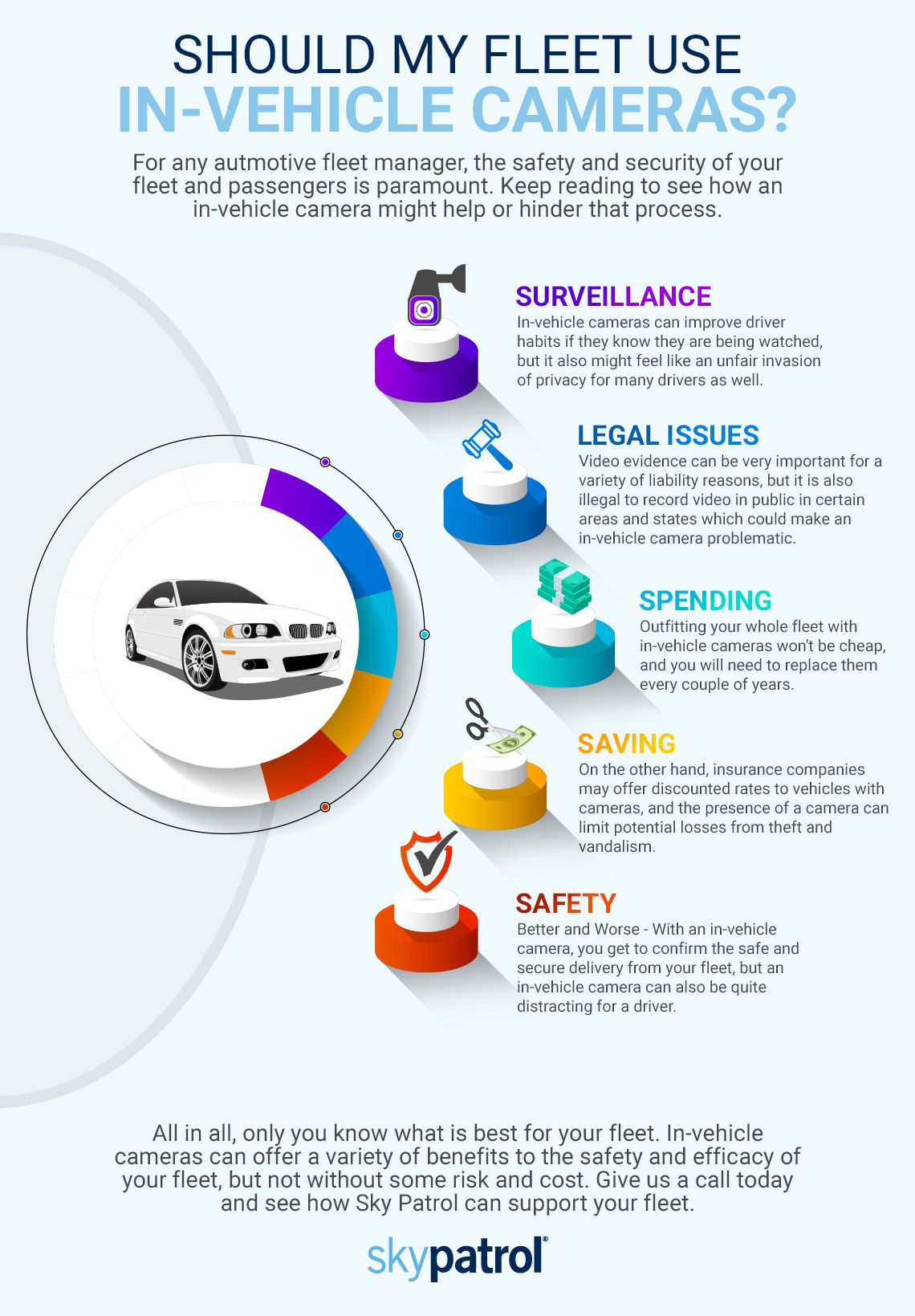One of the biggest challenges in the fleet industry today is improving driver safety and behavior on the road—it only takes a split second for an accident to happen that can endanger the fleet driver, other drivers, and even the perception of the fleet business as a whole. Even if there is no accident, erratic driving habits can put many people at risk, and lead to a poor public perception of your fleet business over time. Finding ways to promote good driving behaviors can help to solve some of these issues and keep your business on track—but how do fleet managers monitor driver behaviors when drivers are on the road and they’re stuck in the office?
While GPS tracking solutions and fleet management software have been popular choices for monitoring driving behavior, it doesn’t come close to rivaling the power (and truth) of in-vehicle camera systems. These cameras keep an eye on drivers throughout their workday, ensuring they make good decisions behind the wheel and improving their driving habits over time. However, you won’t be surprise to hear that not all drivers and managers are thrilled by the idea of in-vehicle camera systems.
In this blog, Skypatrol will take a look at the pros and cons of in-vehicle cameras and how they might help or harm fleet businesses as they drive on the road to success. There are plenty of pros and cons, so if you’re a fleet owner or manager, keep these in mind before you make a final decision on in-vehicle cameras for your fleet!

